Amazing Sardine Dog Food Recipe Benefits + Easy DIY Guide
Let’s be real here, when most people think “fish for dogs,” salmon usually steals the spotlight. But sardines? They’re like the underrated indie band that’s actually way better than the mainstream hit 🙂
Sardines have become my go-to ingredient in the homemade dog food I’ve been making for years. They’re packed with nutrients, budget-friendly, and honestly, my dogs go absolutely bonkers for them. Plus, when you pair them with zucchini, you’ve got yourself a sardine dog food recipe that’ll make your vet do a happy dance.
Table of Contents
Why Sardines Are Your Dog’s New Best Friend
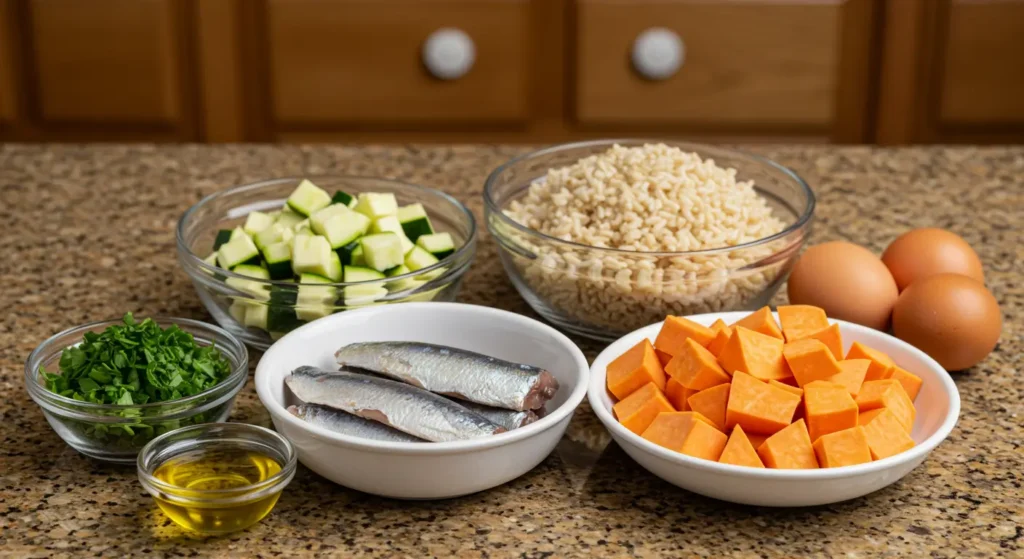
Sardines pack a serious nutritional punch that puts many other proteins to shame. When it comes to crafting the perfect sardine dog food recipe, these little fish are absolute champions.
These little swimmers are naturally low in mercury compared to larger fish. That means your homemade sardine meals won’t carry the heavy metal concerns that come with bigger fish options. Smart, right?
The omega-3 content is off the charts. We’re talking about healthy fats that’ll make your dog’s coat so shiny, neighbors will ask what your secret is. These fatty acids also help to maintain healthy joints, lower inflammation, and support brain function.
If you’re exploring different fish options, check out these amazing fish dog food recipes for more variety. But trust me, once you try this sardine dog food recipe, you’ll understand why sardines deserve their own spotlight.
The Ultimate Sardine & Zucchini Dog Food Recipe
Ready to whip up something your pup will absolutely love? This sardine dog food recipe is foolproof, even if you’re not exactly Gordon Ramsay in the kitchen.
Ingredients You’ll Need for Sardine Dog Food Recipe
For a medium-sized dog (adjust portions accordingly):
- 2 cans of sardines in water (boneless or with bones – both work)
- 1 medium zucchini, diced
- 1 cup brown rice (cooked)
- 1/2 cup sweet potato, cubed
- 2 tablespoons olive oil
- 1/4 cup fresh parsley, chopped
- 1 egg (optional, but recommended)
Step-by-Step Instructions
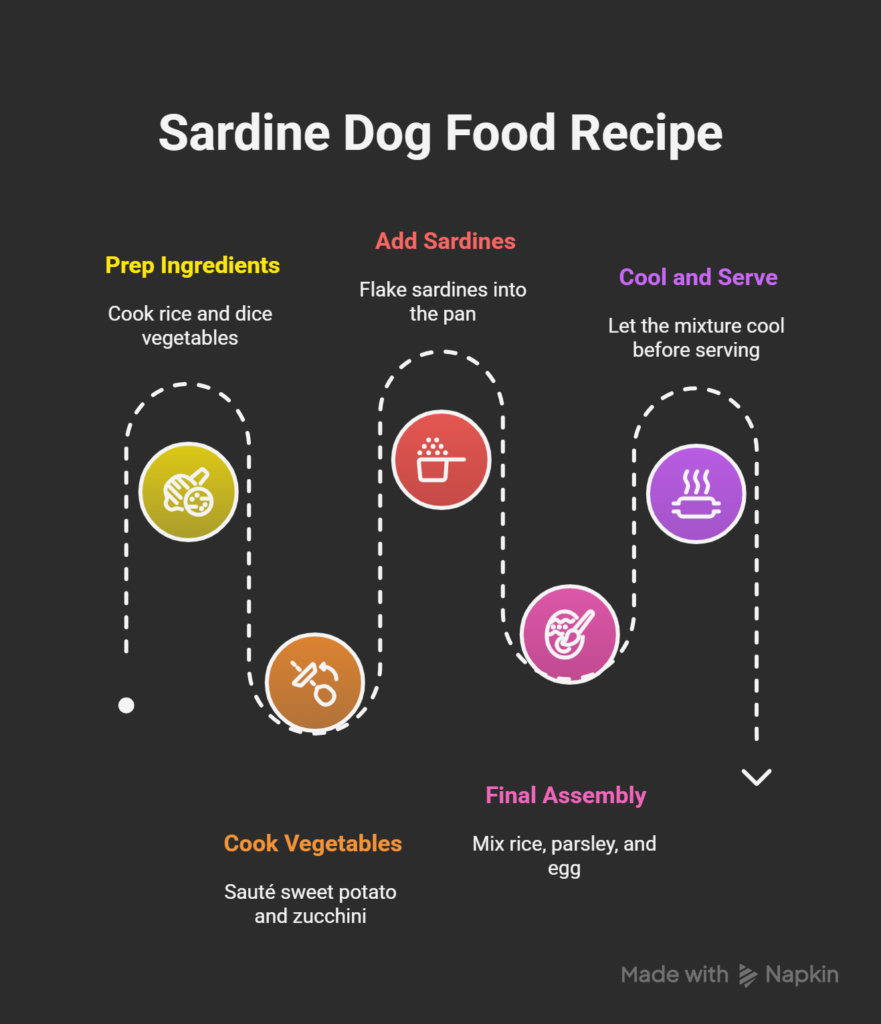
Step 1: Prep Your Ingredients.
Start by cooking your brown rice according to package directions. While that’s happening, dice up your zucchini and sweet potato into bite-sized pieces. Trust me, your dog doesn’t care about presentation, but consistent sizing helps this sardine dog food recipe cook evenly.
Step 2: Cook the Vegetables
Heat the olive oil in a large pan over medium heat. Toss in the sweet potato first – it needs more time to get tender. After about 5 minutes, add the zucchini. This step is crucial for success.
Step 3: Add the Star of the Show.
Sardines should be drained and then flaked into the pan. If you’re using whole sardines with bones, just mash them up a bit – those soft bones actually make this meal even more calcium-rich. Stir everything together and cook for two to three more minutes.
Step 4: Final Assembly
Remove from the heat and stir in your cooked rice and chopped parsley. If you’re adding an egg, crack it in now and mix thoroughly – the residual heat will cook it perfectly.
Let everything cool completely before serving. Nobody wants a dog with a burned tongue!
Nutritional Benefits That’ll Make You Feel Like Parent of the Year
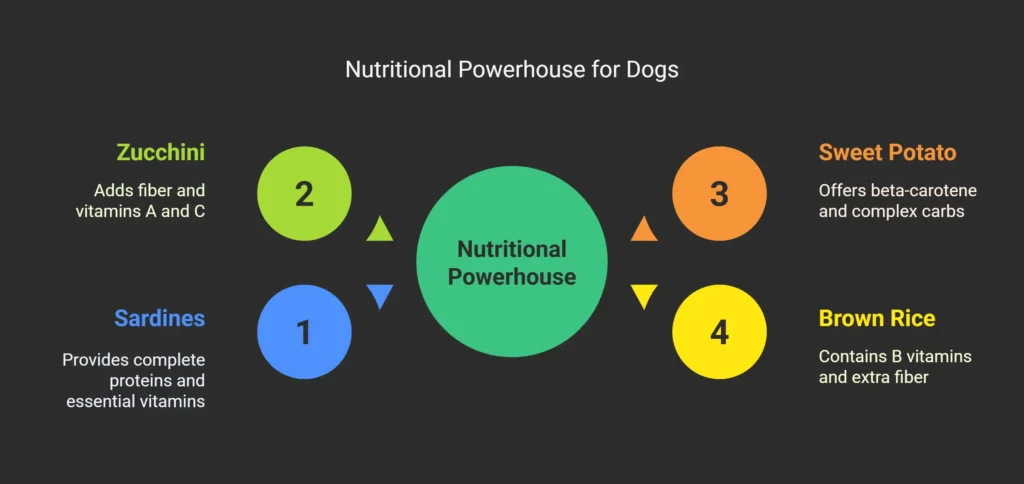
This sardine dog food recipe isn’t just tasty – it’s basically a multivitamin in food form. Unlike the salmon dog food recipe that many people try first, this sardine meal offers unique advantages.
Protein Power: Sardines deliver complete proteins with all essential amino acids your dog needs for muscle maintenance and growth. It’s like sending your pup to the gym, but way more delicious.
Vitamin Bonanza: We’re talking B12, vitamin D, and niacin from the sardines, plus vitamin A and C from the zucchini. Your homemade meal becomes a nutritional powerhouse with these combinations.
Fiber for the Win: Zucchini brings fiber to keep digestion running smoothly. No more awkward conversations with your vet about bathroom habits :/
The sweet potato adds beta-carotene and complex carbs for sustained energy. B vitamins and extra fiber can be found in brown rice. It’s basically the nutritional equivalent of winning the lottery with your sardine dog food recipe.
Pro Tips for Sardine Success
Choose Your Sardines Wisely. Always go for sardines packed in water when making your sardine dog food recipe, not oil or sauce. Those fancy flavored varieties might taste great to us, but they often contain ingredients that aren’t dog-friendly. Keep it simple – your pup will appreciate the pure fishy goodness.
Storage Made Simple. This recipe makes enough for several meals, which is perfect because meal prep is life. Store portions in the fridge for up to 3 days, or freeze individual servings for up to 3 months. I use ice cube trays for single-serving portions – it’s genius, IMO.
Texture Matters Some dogs prefer their sardine meals mashed up, while others like chunks they can really sink their teeth into. Pay attention to your pup’s preferences and adjust accordingly. There’s no wrong way to serve love!
Serving Guidelines and Portion Control
Size matters when it comes to this nutritious sardine dog food recipe. Here’s a basic guideline for portions:
- Dog SizeDaily PortionMeals per DaySmall (5-20 lbs)1/2 to 1 cup2-3
- Medium (21-50 lbs)1 to 2 cups2Large (51-80 lbs)2 to 3 cups2
- Giant (80+ lbs)3 to 4 cups2
Remember, every dog is different. While couch potato dogs require less fuel from your homemade meals, active pups require more. Watch your dog’s weight and adjust accordingly – you know your furry friend better than any chart.
Transition gradually if you’re switching from commercial food to this sardine dog food recipe. Mix increasing amounts of your homemade meal with decreasing amounts of their regular food over 7-10 days. Your dog’s stomach will appreciate the gentle introduction.
Customization Options for Picky Eaters
Got a diva dog who turns their nose up at perfectly good food? The following adjustments will make this recipe for sardine dog food irresistible:
- For the Veggie-Resistant: Try steaming the vegetables until they’re super soft, then mashing them into the rice. Sneaky? Yes. Effective? Absolutely.
- For Extra Flavor: A tiny sprinkle of nutritional yeast adds a cheesy flavor that most dogs love. Just don’t go overboard – a little goes a long way.
- For Sensitive Stomachs: Skip the egg initially and introduce it later once your dog is used to the base recipe. Some pups need time to adjust to new proteins.
If your dog enjoys fish but wants variety, you might also try this delicious tuna and pumpkin recipe as an alternative to your regular sardine meals.
Storage and Meal Planning Tips for Sardine Dog Food Recipe
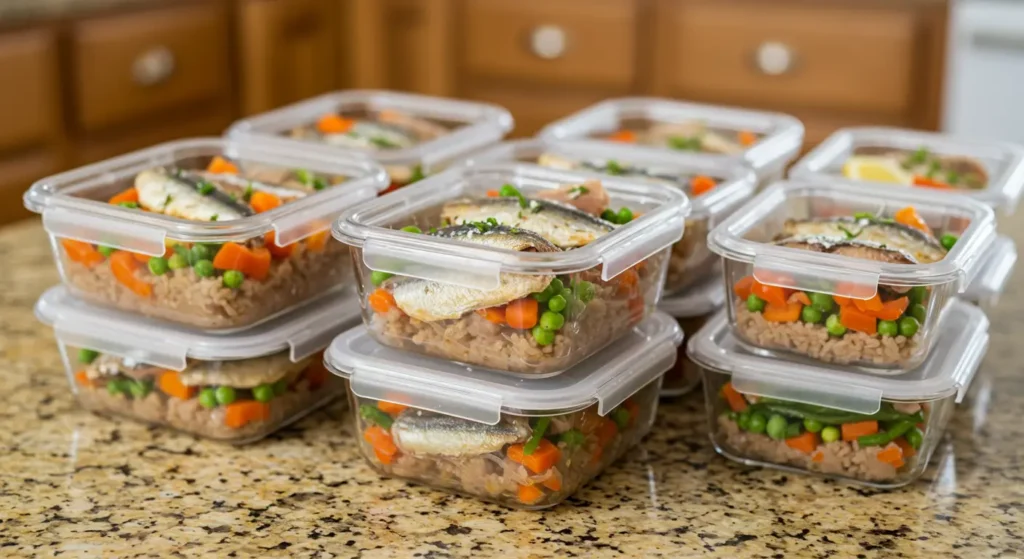
Batch Cooking Benefits: Making a large batch of this sardine dog food recipe saves you time during busy weeks. Usually, I portion out the recipe for the entire week and triple it. Your future self will thank you when dinner time rolls around and you’re not scrambling to cook.
Freezer-Friendly Options This meal freezes beautifully for up to three months. Use silicone muffin cups to create individual portions – they pop out easily when frozen and thaw quickly for mealtime.
Quality Control: Always smell your stored sardine meals before serving. Simply put them in the pan with the vegetables and cook until they are flaky. When in doubt, toss it out – your dog’s health isn’t worth the risk.
Signs Your Dog Loves Their New Recipe
- Watch for These Happy Indicators: Your pup will probably show excitement when they hear you preparing their sardine dog food recipe. Tail wagging, drooling, and dancing around the kitchen are all good signs that you’ve hit the jackpot.
- Long-Term Benefits After a few weeks of regular sardine meals, you might notice a shinier coat, better breath (thanks to those omega-3s), and more energy during walks. These little changes add up to big health improvements.
- Digestive Health The fiber in zucchini and sweet potato helps maintain healthy digestion. You should notice more regular, well-formed stools – not the most glamorous topic, but definitely important for overall health.
Troubleshooting Common Issues
My Dog Won’t eat the Zucchini. Try grating the zucchini instead of dicing it, then mixing it thoroughly with the sardines. The fish flavor will mask the vegetable taste while still providing nutritional benefits.
The Recipe Seems Too Wet. Drain your sardines thoroughly and add less cooking oil. You can also reduce the amount of zucchini, as it releases water during cooking.
My Dog Wants More! Enthusiasm is great, but stick to appropriate portions. If your pup seems genuinely hungry, add more vegetables rather than more sardines to keep calories in check.
Final Thoughts
Making your own sardine dog food recipe isn’t just about knowing exactly what goes into your pup’s bowl – it’s about showing love through every carefully chosen ingredient. This combination has become a household favorite, and I’m betting it’ll win over your dog, too.
The best part? You’re giving your furry friend restaurant-quality nutrition at a fraction of the cost of premium commercial foods. Plus, there’s something incredibly satisfying about watching your dog’s tail go into overdrive when they catch a whiff of their homemade meal.
Remember, consistency is key with homemade diets. While this sardine dog food recipe is nutritionally balanced for occasional feeding, consult with your vet if you’re planning to make homemade food your dog’s primary diet. They might recommend supplements to ensure all nutritional bases are covered.
Frequently Asked Questions for Sardine Dog Food Recipe
Can I use fresh sardines instead of canned?
Absolutely! Fresh sardines work fantastically if you can find them. Just make sure to cook them thoroughly and remove any large bones. The cooking process remains the same – just add them to the pan with the vegetables and cook until flaky.
How often can I feed this recipe to my dog?
This sardine dog food recipe is perfect for 2-3 times per week as part of a varied diet. Sardines are incredibly nutritious, but variety keeps things interesting and ensures balanced nutrition over time.
What if my dog is allergic to fish?
If your pup has fish allergies, this recipe obviously isn’t for them. But you can easily substitute the sardines with cooked chicken, turkey, or beef using the same preparation method. The zucchini and other ingredients will still provide great nutrition.
Can puppies eat this sardine meal?
Yes, but with modifications. For growth, puppies require extra calories and certain nutrients. Chop everything smaller for easier eating, and consider adding a bit more protein. Always check with your vet about homemade diets for growing puppies.
Is it safe to feed sardines with bones?
Canned sardine bones are completely safe – they’re soft and provide excellent calcium. However, never feed cooked bones from fresh fish, as these can splinter. When in doubt, choose boneless canned sardines.
References and Resources
For additional information on canine nutrition and homemade dog food safety, consider consulting these authoritative sources:
- American Kennel Club (AKC) – Canine Nutrition Guidelines
- Association of American Feed Control Officials (AAFCO) – Pet Food Nutrition Standards
- Veterinary Nutritionists Directory – Board-certified specialists in pet nutrition
- Pet Nutrition Alliance – Evidence-based pet nutrition information
Your Dog Tried It? Drop a Review Below!
There are no reviews yet. Be the first one to write one.

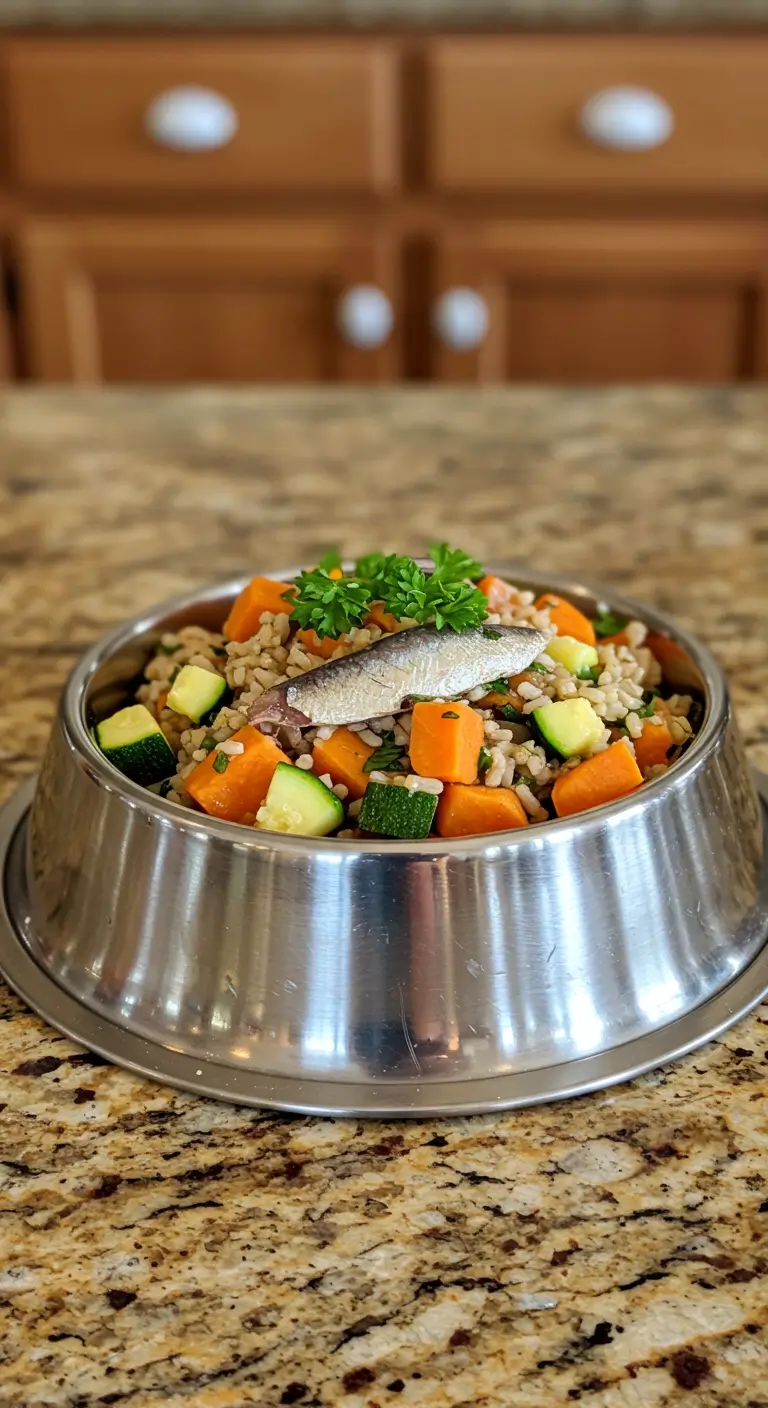
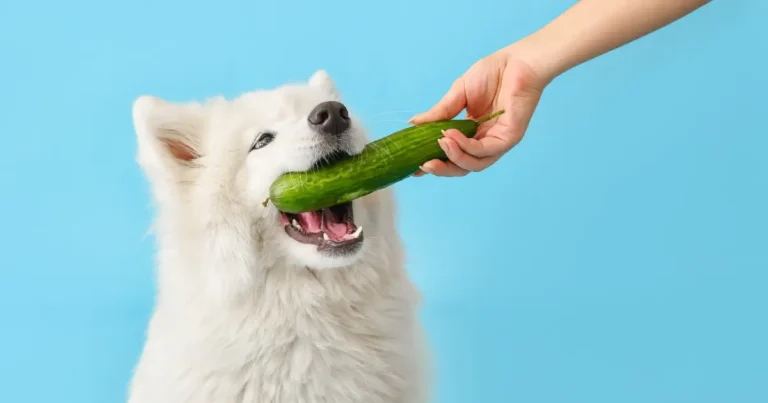
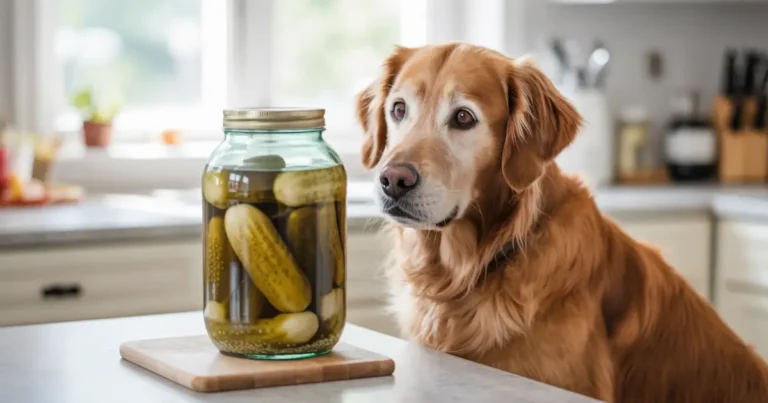
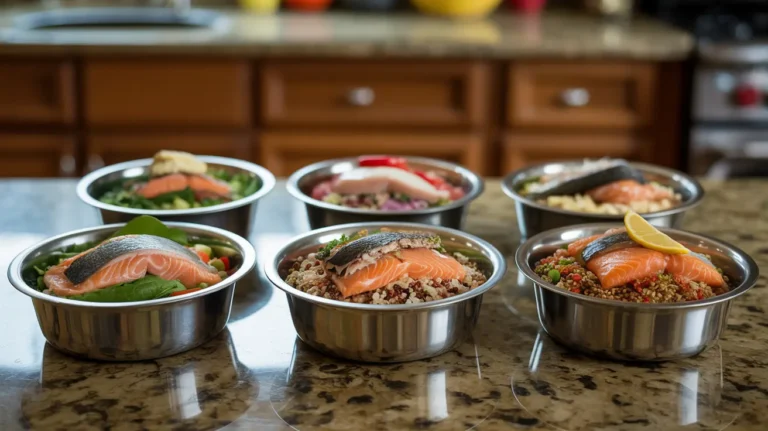

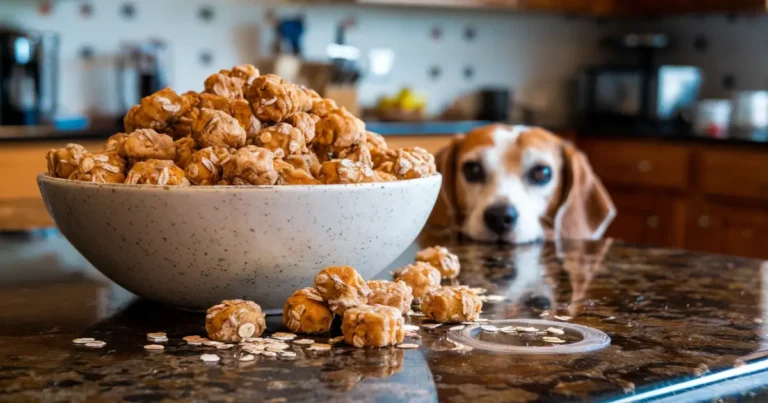
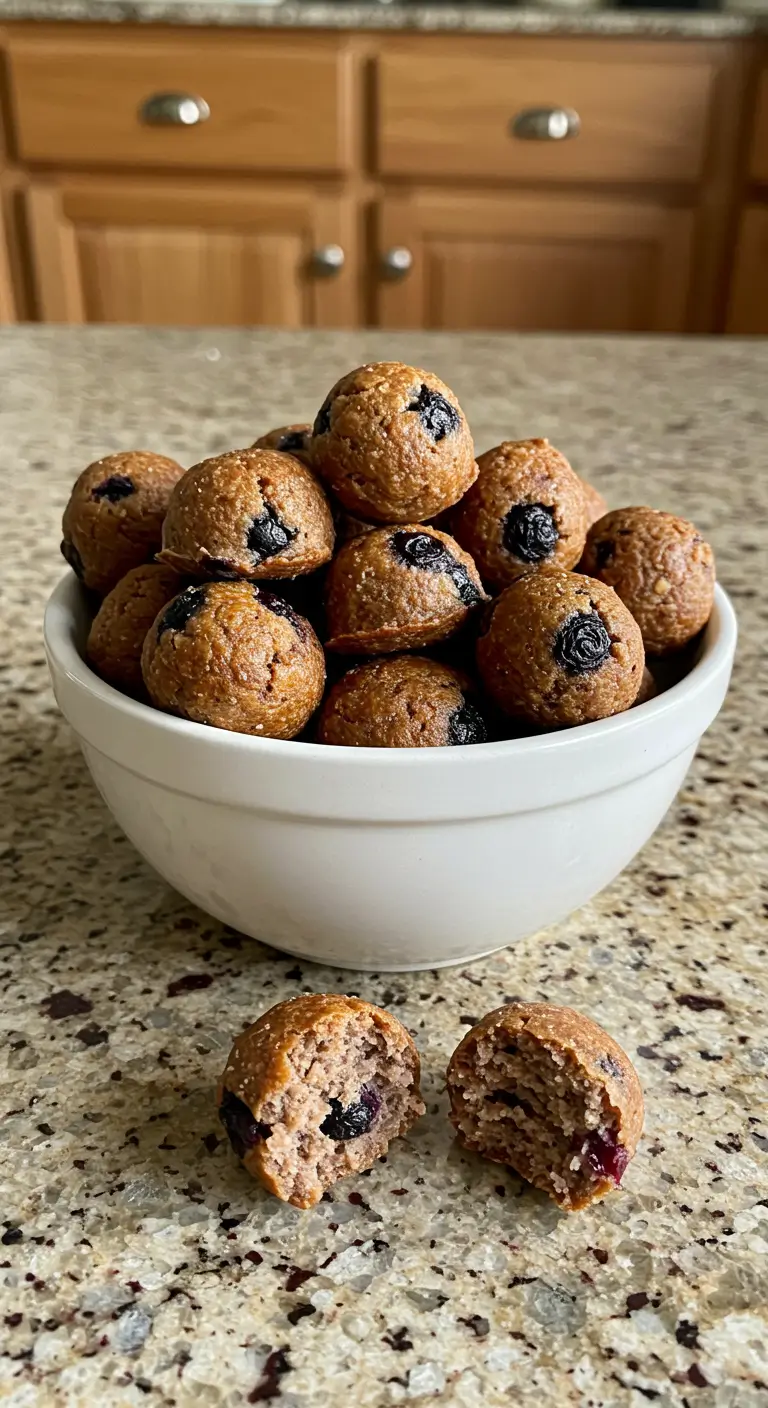
You made some first rate factors there. I looked on the web for the difficulty and found most individuals will go together with together with your website.